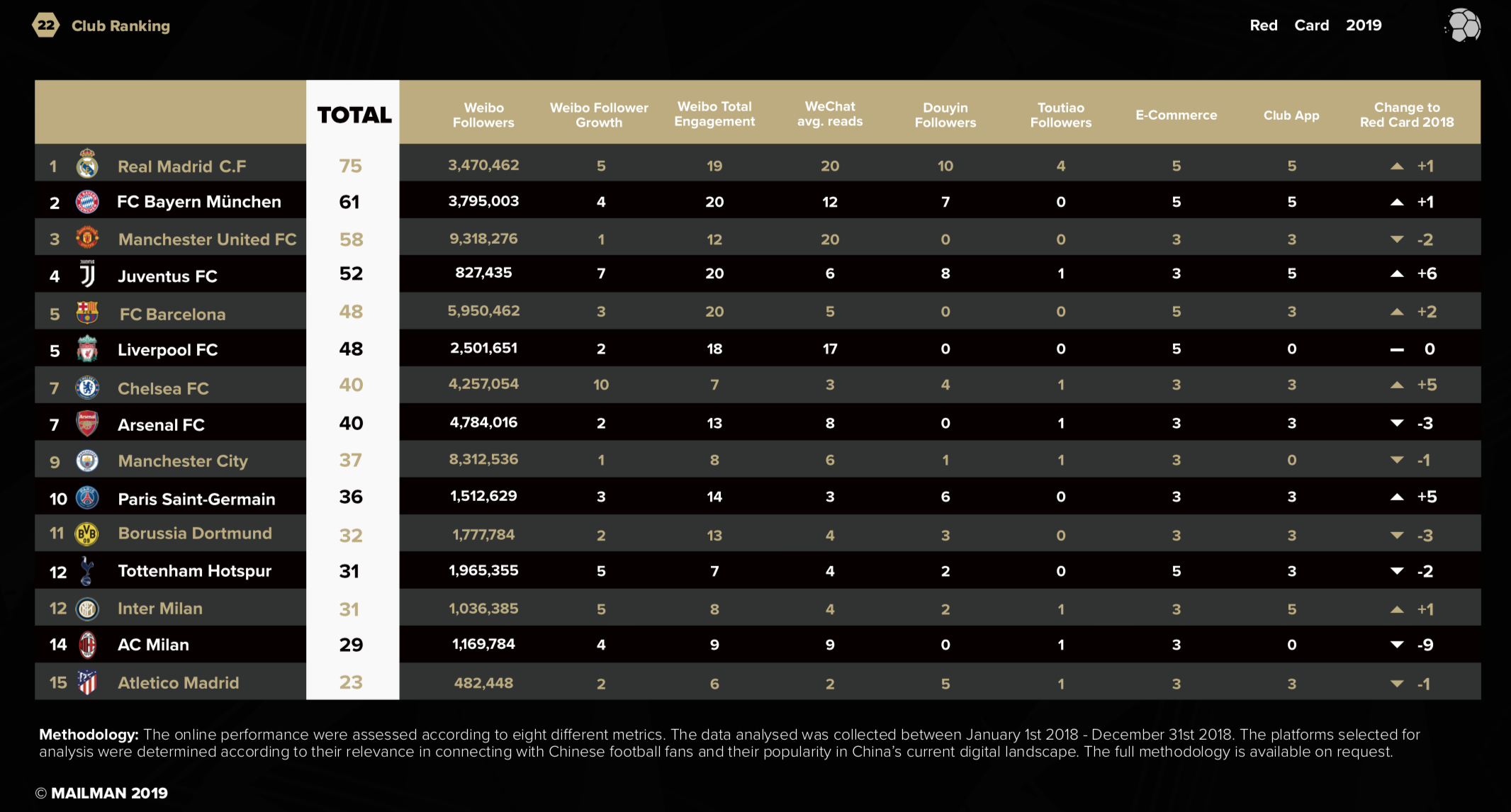
Chinese Football Grows in Popularity Overseas Despite Digital Marketing Negligence
The modern form of Chinese top flight football, the Chinese Super League, was officially founded in 2004 in an attempt to rebrand the country’s premier football competition.
The modern form of Chinese top flight football, the Chinese Super League, was officially founded in 2004 in an attempt to rebrand the country’s premier football competition. Fast forward to 2019 and the league has grown immensely in stature, value and influence not only in China, but globally. It ranks 6th in fan attendance, only behind Europe’s top 5 leagues. The league’s total value now sits at nearly $639 million, dwarfing any other league in Asia thanks in part to blockbuster signings from Europe.
SEE ALSO: Chinese Super League 2019 Weekly: Carrasco Masterclass, Sousa to Shenzhen, Elkeson Returns

During the 2018 season, the CSL was streamed on more than 20 overseas networks, including Sky Spots in the United Kingdom and Fox Sports in the United States. In total the CSL was available in 96 countries and regions, reaching over 100 million households.
However, despite the growing popularity of the CSL abroad, there is still significant room for improvement, as Chinese clubs’ global ambitions have fallen short in the marketing department. While their European counterparts are investing time and money in global digital marketing campaigns, Chinese clubs are not. Global brands like FC Barcelona and Chelsea FC for example, travel to Asia on preseason tours to increase their popularity with an under penetrated fanbase. The Chinese club’s international marketing is generally limited to the announcement of big name signings from third party media outlets.

Much of modern football fandom revolves around club’s social media accounts. The latest updates from a club’s Instagram and Twitter pages, along with YouTube channels, satiates a massive demand for club related content. This content can range from short interviews with players, to dressing room celebrations and training videos. Some clubs have been exceptionally creative on social media, take Arsenal’s “UnClassic Commentary” where players commentate over clips of old matches. In the mobile internet era, social media provides unprecedented access to the behind the scenes of clubs that fans crave. Instead of just seeing your favorite players once a week for 90 minutes, a strong social media presence allows for constant interactions not only with the players, but with fellow supporters as well. When it comes to social media, Chinese clubs are puzzlingly inactive. If a club is willing to spend upwards of $20 million on a star signing that will bring lots of media attention, Chinese clubs should build on that momentum through a robust international social media presence.
This lack of attention to the international social media market from Chinese clubs is a massive opportunity just waiting to be taken. If Chinese clubs effectively use digital marketing to an international audience, their overseas TV viewing numbers will not only continue to grow, but accelerate growth and further the league’s and nation’s ambition to rise to global football prominence.
In October 2014, the General Administration of Sport in China, outlined its plan to build a $813 billion sports industry by 2025, a strategy which involves everything from promoting fitness, to encouraging foreign investment in sport by opening up previously complicated administrative approval processes. Football is the most watched sport in China, and should be the leading driver of this burgeoning sports industry.
If Chinese club’s show more initiative to localize their social media presence overseas, they will surely reap rewards in the form of increased TV viewership and overall marketability. A strong public reputation would enhance the ease of Chinese club’s future business transactions and increase the profile of the club, allowing to attract big players more easily.





